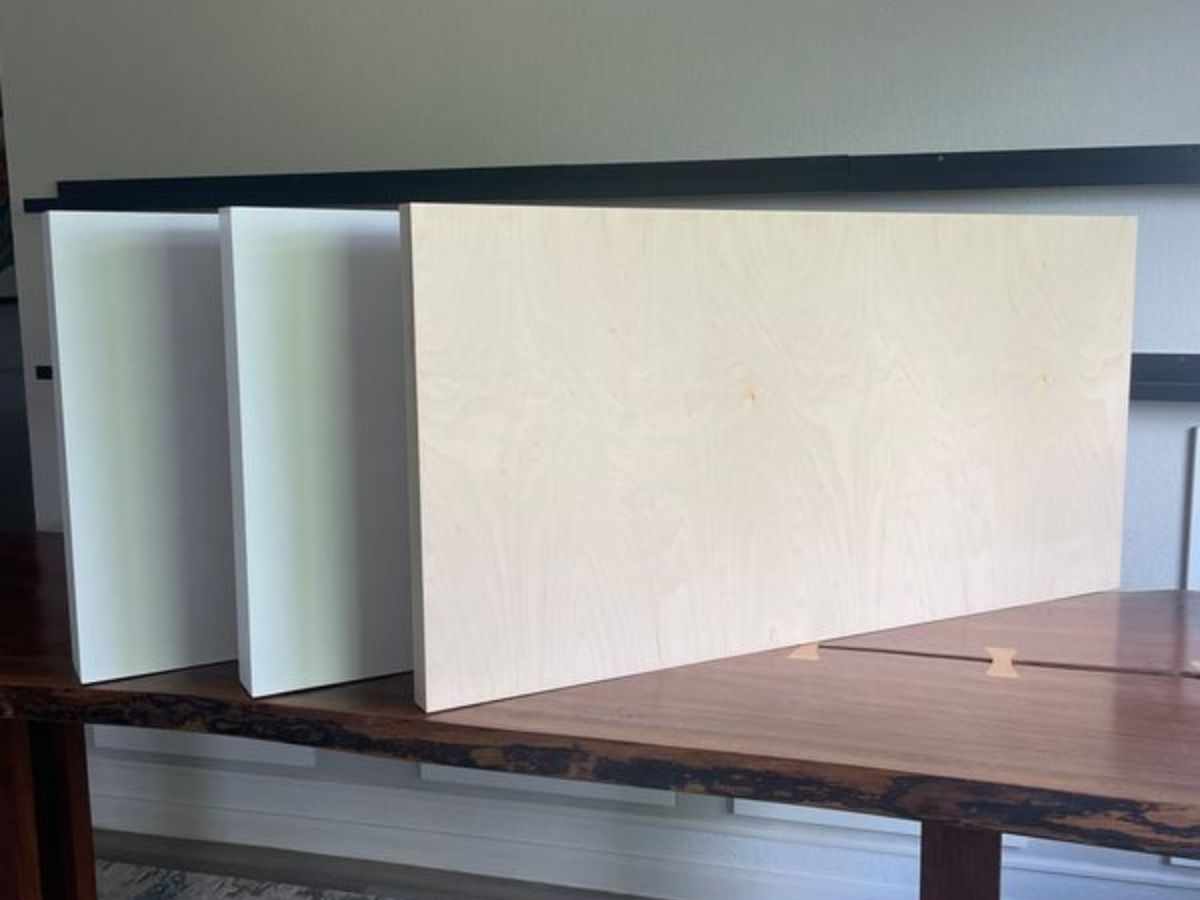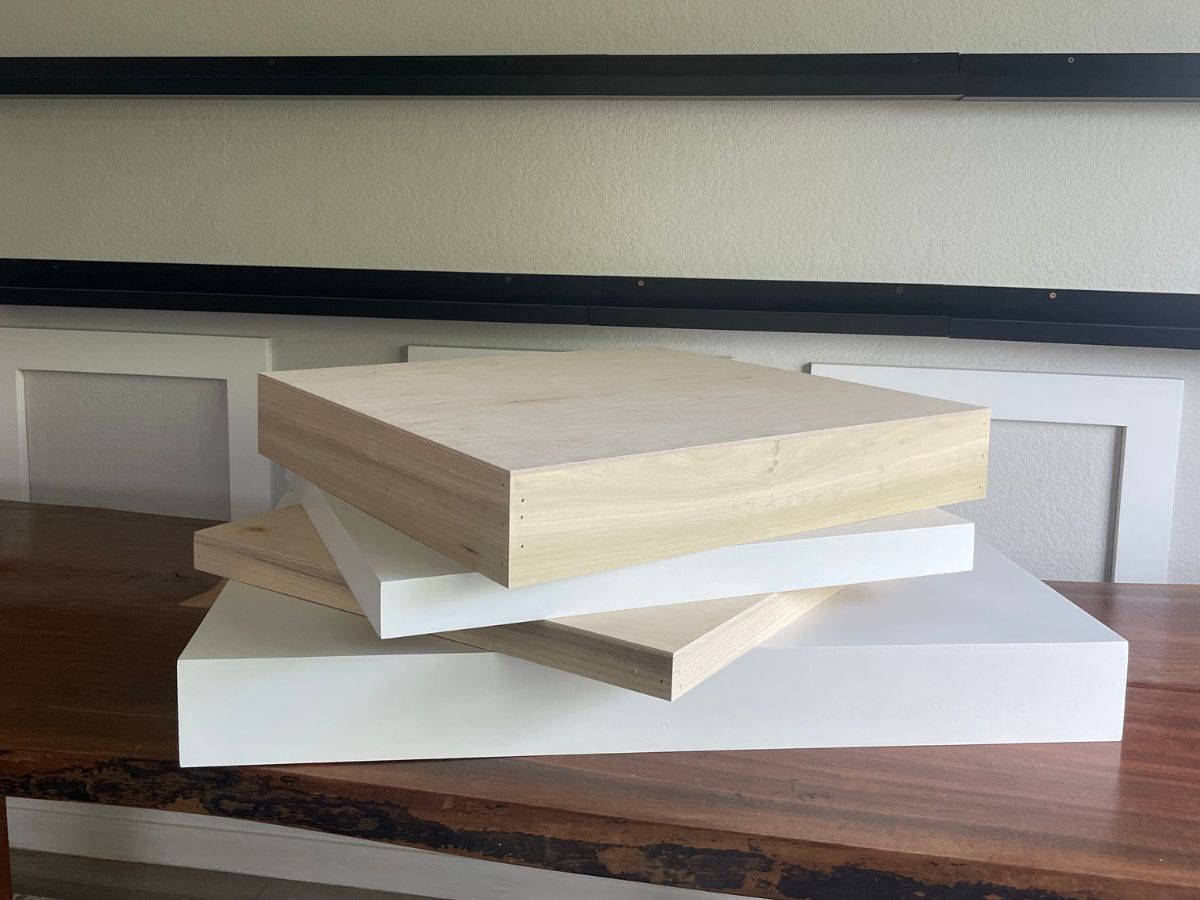
7 Common Mistakes When Painting on Custom Wood Panels
Painting on custom wood panels brings clarity, control, and durability, but missteps can lead to cracking, peeling, or warping. Here are the top common mistakes artists make and how to avoid them, whether you’re teaching or just starting out.
1. Skipping the Sealer
Many jump straight to gesso but raw wood can absorb moisture or tannins, causing discoloration or separation. Seal both front and back with PVA or acrylic medium first.
Did you know? CanvasLot manufactures custom-sized artist wood panels for painting and mixed media. We offer the standard un-finished wood option or the sanded and primed with double layer of white gesso.
2. Not Priming Enough or Evenly
Two coats of quality acrylic gesso are the minimum. Thin, uneven priming leads to absorbed paint or visible wood grain. For ultra-smooth work, sand between coats.
3. Ignoring Edge & Back Prep
Edges and backs matter. Unsealed or unpainted edges can warp or wick moisture. Paint or seal all sides and consider finishing edges with a solid color for a clean, professional look.
4. Using the Wrong Wood Type
Soft or uneven grain woods like unidentified poplar can soak up primer oddly, raising grain or creating blotchy texture. Choose stable hardwoods such as birch, maple, Masonite, or quality MDF work best.
5. Skipping Sanding Between Layers
If gesso isn’t lightly sanded before next coat, cracks or delamination can show. Smooth with fine-grit paper (220–400) between layers.
6. Forgetting to Control Humidity and Support
Wood responds to moisture. Too much or uneven changes cause warping or a network of fine cracks called craquelure. Seal both sides evenly and store in stable conditions. Historical panels often needed cradling to prevent split and bow over time.
7. Using Oils Without Proper Prep
Oils on unsealed wood can stain, seep, or lead to cracking. Use oil-based ground or seal with acrylic first, then prime specifically for oil.
Custom wood panels can elevate the quality and impact of your work when prepped correctly. Take your time sealing, priming, sanding, and caring for edges. Your patience now means light, color, and craftsmanship last for years.

